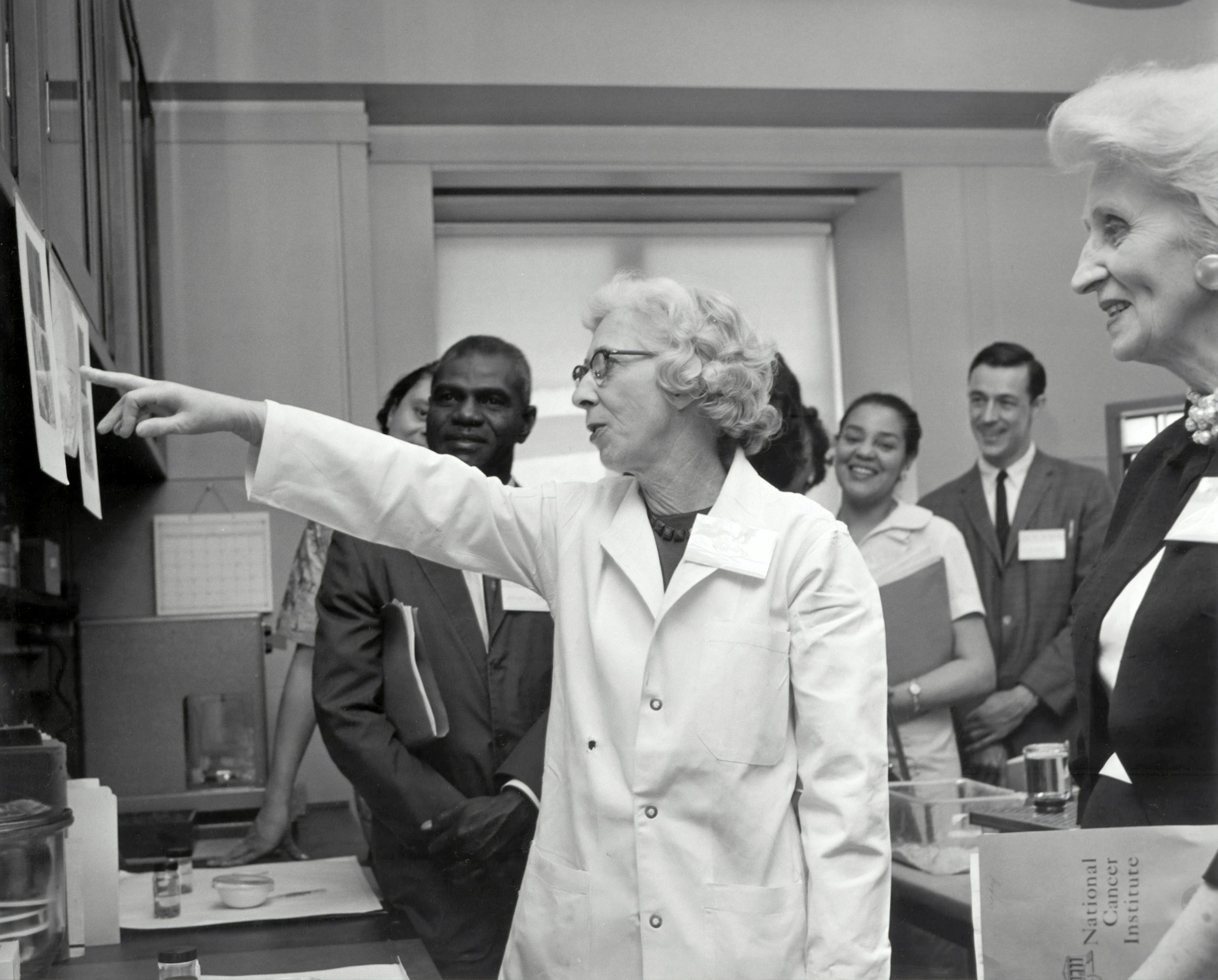MOFs are disrupting the chemical material landscape. Image credit: Yasmin Azizbayli and Anita Rubio.
This article was originally published in the Oxford Scientist’s Print edition, Mysteries, in Hilary Term 2023. You can read more of our Print articles here.
Metal-Organic Frameworks (MOFs) are a revolutionary, relatively new class of materials running riot through the chemical literature. The modular framework of MOFs, which is constructed by joining metal-containing units with organic molecule linkers using strong bonds to produce porous crystalline networks, can be regarded as Lego at the molecular scale.
More than 100,000 MOF structures have been reported in the Cambridge Structural Database (CSD), which accounts for approximately 10% of all entries. The number of hypothetically synthesisable MOFs is, however, essentially infinite owing to the immense diversity of possible building units. This means that chemists have only scratched the surface of the MOF landscape.
MOFs have unmatched tunability in terms of their chemical functionality, porosity, and morphology relative to all other known materials. The remarkable properties of MOFs extend to their high thermal stabilities, exceptionally large surface areas—a teaspoon of MOF can contain a football pitch or more of surface area—and easy post-synthetic modifications. These features facilitate simple design of chemical structures which can be easily tuned to a particular application.
Chemists have only scratched the surface of the MOF landscape.
Varying the pore functionality and size without changing the underlying topology can be achieved by simply increasing or decreasing the length of the organic molecule linker. This process, called “isoreticular expansion”, has been exploited in making MOFs. For example, synthesis of IRMOF-74-XI permits the selective inclusion of large guest molecules, such as vitamin B12, and proteins, such as the green fluorescent protein. The pores can then be used as storage tanks or exploited as reaction vessels.
Perhaps the greatest competition to MOFs are zeolites, the aluminosilicate class of materials widely found in nature. These conventional porous materials, while relatively cheap, are significantly inferior to MOFs on account of poorer structural tunability, lower surface areas, and the typically harsher conditions required for synthesis.

It was a long-held belief that MOFs, unlike zeolites, were a completely man-made phenomenon. In 2016, Igor Huskić and colleagues reported the crystal structures of the rare organic minerals stepanovite and zhemchuzhnikovite. These were first discovered in coal mines near the estuary of the Lena River in Sakha-Yakutia, Siberia, in 1942 and 1963, respectively. Both minerals were determined to be metal oxalate MOFs with nanometre wide apertures and guest-filled channels. This revealed that MOFs are not solely artificial, but also naturally occurring. By contrast, zeolites are plentiful in nature compared to MOFs, probably because oxygen and silicon constitute the backbone of all zeolites and are also the two most abundant elements on Earth.
Remarkably, MOFs have multiple applications in combating and adapting to the consequences of climate change. For example, Mg2(dobpdc) captures CO2, MOF-177 stores hydrogen, and MOF-303 harvests water from air of relatively low humidity. MOFs also have significant applications in catalysis. For instance, MOF-808 catalyses hydrolysis of peptide bonds and some chemical warfare agents. Additionally, MOFs have potential applications in biological imaging and sensing: for example, europium/terbium MOF-76 selectively detects acetophenone amongst other volatile monoaromatic hydrocarbons.
MOFs are in line to win the Nobel Prize in Chemistry in 2023.
MOFs are thus understandably in line to win the Nobel Prize in Chemistry in 2023. Among possible laureates, Professor Omar Yaghi (University of California, Berkeley) would undoubtedly be highly commended. His landmark paper, ‘Design and synthesis of an exceptionally stable and highly porous metal-organic framework’, published in Nature in 1999, catalysed the meteoric rise in MOF research in the 21st century. Indeed, Yaghi is the chemist who coined the term ‘Metal-Organic Framework’. Professor Richard Robson FRS of the University of Melbourne is another strong contender—his net-based approach to the design of MOFs in the 1980s and 1990s was seminal work and he correctly predicted many of the remarkable properties of MOFs.
We have seen that the value and excitement of MOFs lies in their unbeatable tunability and the youthfulness of the field. Accordingly, the possibilities MOFs might unlock are endless, and as far as unlocking their potential goes, the best is likely yet to come.





